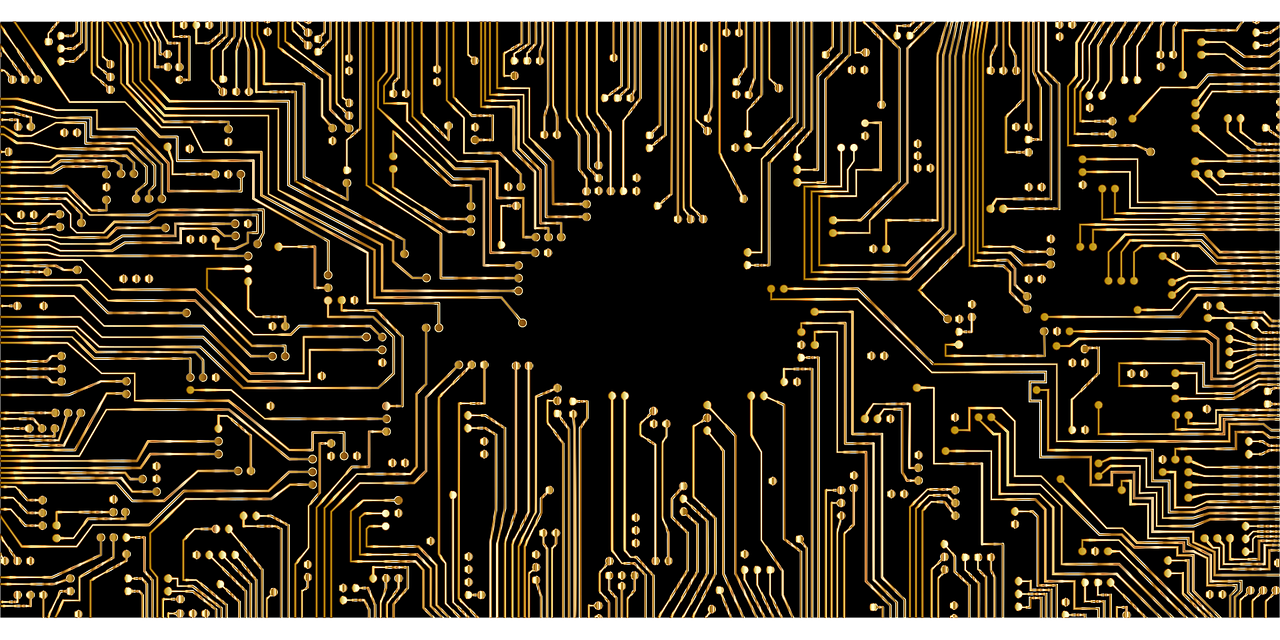4th Industrial Revolution

The robots are coming, the robots are coming!
If Paul Revere were alive today, I’d imagine he would say something to the effect, “The robots are coming, the robots are coming!” As it stands, no occupation will see changes, whether due to full automation or augmentation by robots and artificial intelligence. An estimated 70% of all jobs today could potentially be displaced. (Muro Mark, et al. 2019 ) Still, there's no denying that technological advances like modern networking and telecommunications have made the standard of living much better than in the middle ages. Thus, to best prepare for the fourth industrial revolution, raising awareness for individuals and leaders alike to strengthen their technical intelligence is of the utmost importance for the digital future.
The Fourth Industrial Revolution(I4) is often referred to as the next phase of technical progress, most notable the beginning of man plus machine systems. (Davis, Nicholas 2016) What makes this period unique is the active merger of man and machine to work synergistically. Gene editing to target diseases, Nanobots for flower pollination, Smart sensors to monitor water pollution, and augmented reality for education are just a tiny growing subset of these technologies. While these enhancements play and build on top of legacy infrastructure, the Fourth Industrial Revolution brings radically new ways technology becomes embedded within our society. While these technologies mark positive new beginnings, there are some growing concerns. One big question is, will people of the future work? One proposal states that providing UBI(Basic Universal Income) provides a safety net for many individuals out of work. (D’Mello, 2019; Levine, 2019) This proposal could help individuals find intrinsic motivation to work and thus take on entrepreneurial activities they wouldn’t otherwise.
As it stands today, there is a tremendous skills gap needed for individuals to help build out these systems. This presents a massive opportunity for many to participate in the digital revolution. The more prominent tech firms have poached the existing talent pool in their favor. (Marr B, 2018) So it stands, jobs are lost, though many more will be created and sought after that are not presently in existence today.
As the ethos of the I4 rapidly spreads in the benefits, to help nations is alluring, most notably the manufacturing sector. Production of the new era can allow highly flexible customizations while in production and deep integration between customers and suppliers. (F. Shrouf, et al 2014) By transitioning whole factories with robotics, costs can stay low while efficiency and productivity remain high. The process, as mentioned earlier, allows businesses to create high-quality products less than today’s costs. All while reaching sustainability goals for a greener Earth. This rapid expansion of business enhancements fueled by the Internet has also resulted in favorable cultural shifts among emerging countries. Cross collision of cultures boosts cultural diversity, raises cultural awareness, and significantly enhances personal creativity. (Liu Tan, et al 2019) Today, organizations will face the enormous task of training their existing workforce on these new technologies if they are not up to speed.
The effects of I4 on the individual are staggering though massively positive. Ex. Patients can now see much greater success in treatment at a more precise level. The benefits include better medical treatment in virtually all areas of medicine, which can lessen the stress on nurses, doctors, and all related staff. (Ialongo, Cristiano, et al. 2019) With A.I. in medicine, treatment is elevated to a much higher intelligent state than currently. (Zhou Q, et al. 2020) Though there are current hurdles, namely social and cultural ones. How would individuals feel about genetically altered humans at birth? (Sandler R, 2020) How does one rationalize prolonging human life? Would people be receptive to chip implants? (Žnidaršič, Anja, et al. 2021) These are some of the many challenges society will face in the future. Still, the best path to take is a greater understanding of the situation.
Advancements in science, technology, and math play a vital role in growing our economy and defining our roles in society. It is safe to assume that technology will provide new job opportunities while making some jobs obsolete in the future. History shows this to be the case since the introduction of the model T-ford, re-organizing our modes of operation around innovative technology. For businesses, delivering superior goods and services is possible under a highly technical framework. Though these computer breakthroughs do more than just help organizations, advanced computing also helps people live longer and healthier lives. Overall, implementing technology in the workplace effectively provides a competitive advantage. Though the message is clear, people of all nationalities and cultures must understand the need to increase their technical intelligence when looking forward.

References
- Sandler, R. (2020), The ethics of genetic engineering and gene drives in conservation. Conservation Biology, 34: 378-385. https://doi.org/10.1111/cobi.13407
- Liu, Tan, et al. “Does Exposure to Foreign Culture Influence Creativity? Maybe It’s Not Only Due to Concept Expansion.” Www.Frontiersin.Org, Frontiers in Psychology, 2019, www.frontiersin.org/article/10.3389/fpsyg.2019.00537.
- Žnidaršič, Anja, et al. "Are we Ready to Use Microchip Implants? An International Cross-sectional Study." Organizacija 54.4 (2021): 275-292.
- F. Shrouf, J. Ordieres and G. Miragliotta, "Smart factories in Industry 4.0: A review of the concept and of energy management approached in production based on the Internet of Things paradigm," 2014 IEEE International Conference on Industrial Engineering and Engineering Management, 2014, pp. 697-701, doi: 10.1109/IEEM.2014.7058728.
- Ialongo, Cristiano and Bernardini, Sergio. "Total laboratory automation has the potential to be the field of application of artificial intelligence: the cyber-physical system and “Automation 4.0”" Clinical Chemistry and Laboratory Medicine (CCLM), vol. 57, no. 11, 2019, pp. e279-e281. https://doi.org/10.1515/cclm-2019-0226
- Marr, B . (2018, 25, June 2018). The AI skills crisis and how to close the gap. Forbes, from. https://www.forbes.com/sites/bernardmarr/2018/06/25/the-ai-skills-crisis-and-how-to-close-the-gap/
- Zhou, Quan et al. Nan fang yi ke da xue xue bao = Journal of Southern Medical University vol. 40,2 (2020): 287-296. doi:10.12122/j.issn.1673-4254.2020.02.23
- Muro, Mark, et al. “Automation and Artificial Intelligence How Machines Are Affecting People and Places.” Brookings.Edu, Brookings, Jan. 2019, www.brookings.edu/wp-content/uploads/2019/01/2019.01_BrookingsMetro_Automation-AI_Re port_Muro-Maxim-Whiton-FINAL-version.pdf.
- Chalmers, Dominic, et al. “Artificial Intelligence and Entrepreneurship: Implications for Venture Creation in the Fourth Industrial Revolution.” Entrepreneurship Theory and Practice, vol. 45, no. 5, Sept. 2021, pp. 1028–1053, doi:10.1177/1042258720934581.

